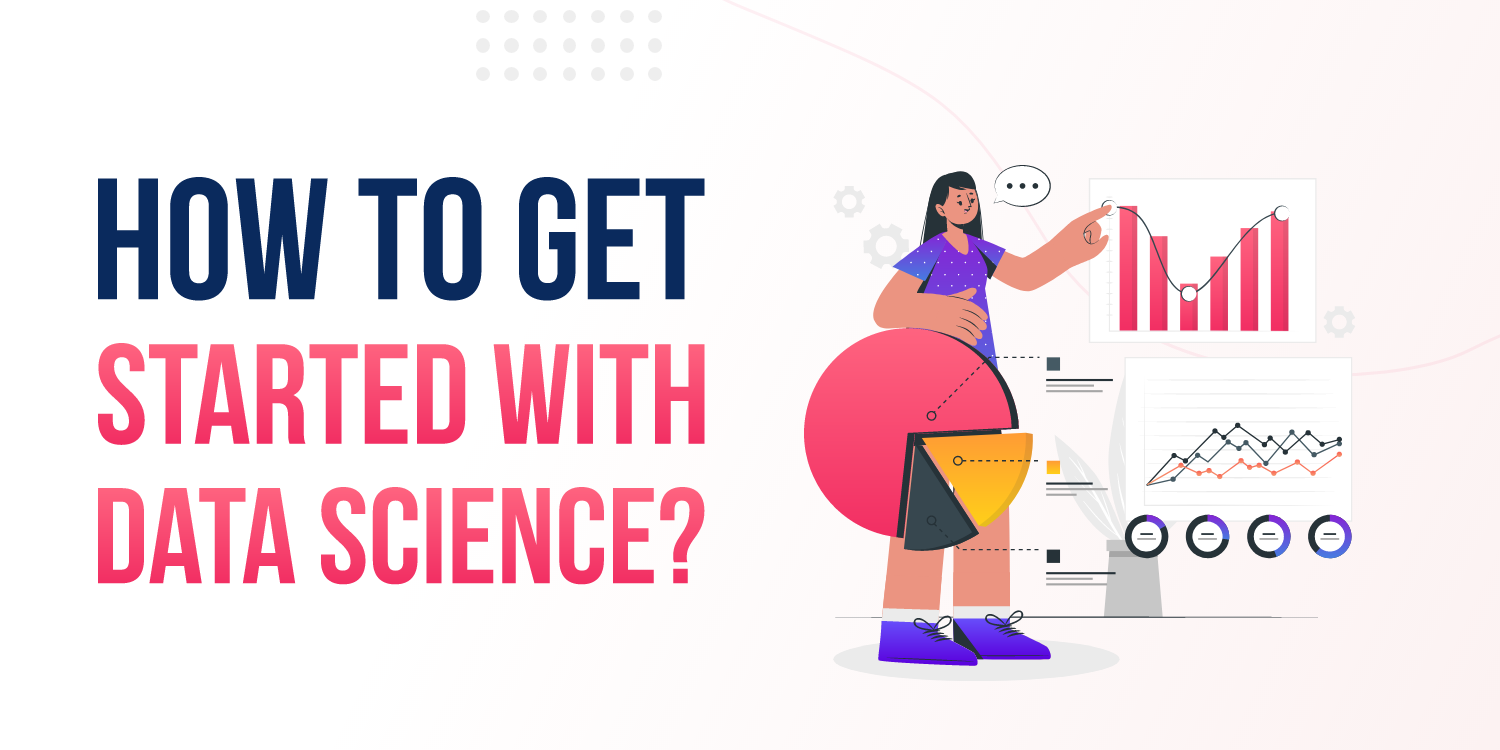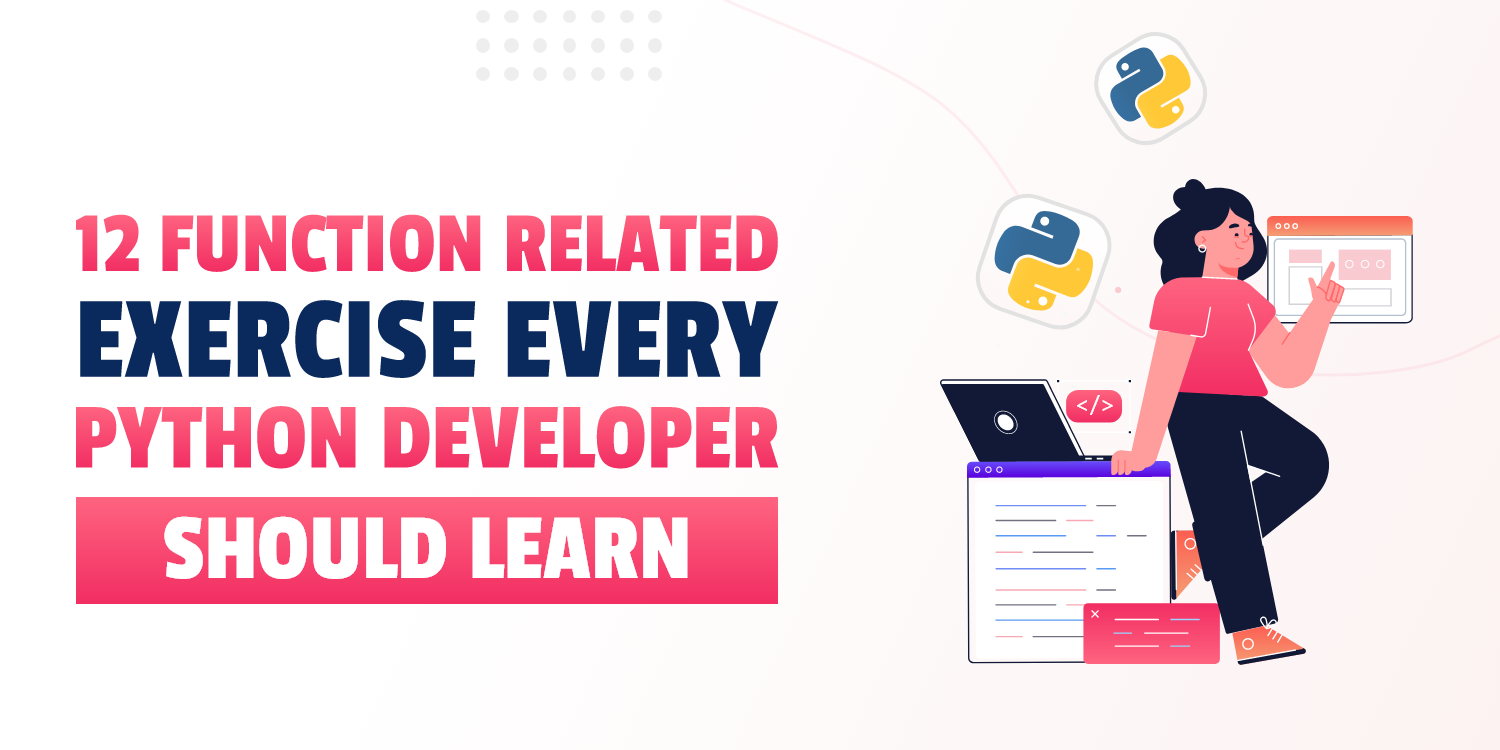How To Get Started With Data Science?
Data Science has become one of the hottest and most
demanding jobs of the 21st century.
But Why?
Let’s visualize the Data! Someone once said, “If we cut down the whole Amazon forest,
and make paper from it, and fill all those papers, still that will be less if we try to
fit the amount of data that we have produced”. Humans, from the beginning until now, are
constantly producing data. Thus, this data needs to be processed, analyzed, and get
meaningful insights from it.
This gave rise to the field of Data Science. In this article, we will talk about Data
Science and related concepts.

What is Data Science?
Data science is an interdisciplinary field that uses scientific methods, processes, algorithms, and systems to extract knowledge and insights from many structural and unstructured data. It is a deep study of the massive amount of data, which involves extracting meaningful insights from raw, structured, and unstructured data that is processed using the scientific method, different technologies, and algorithms. It is a multidisciplinary field that uses tools and techniques to manipulate the data so that you can find something new and meaningful.
Thus we can summarize Data Science as,
- Asking the correct questions and analyzing the raw data.
- Modeling the data using various complex and efficient algorithms.
- Visualizing the data to get a better perspective.
- Understanding the data to make better decisions and find the final result.
Now, let’s talk about the components of Data Science,
1. Statistics:
Statistics is one of the most important components of data science. Statistics is a way to collect and analyze numerical data in a large amount and find meaningful insights from it.
2. Domain Expertise:
In data science, domain expertise binds data science together. Domain expertise means specialized knowledge or skills of a particular area. In data science, there are various areas for which we need domain experts.
3. Data engineering:
Data engineering is a part of data science, which involves acquiring, storing, retrieving, and transforming the data. Data engineering also includes metadata (data about data) to the data.
4. Visualization:
Data visualization is meant by representing data in a visual context so that people can easily understand the significance of data. Data visualization makes it easy to access the huge amount of data in visuals.
5. Advanced computing:
The heavy lifting of data science is advanced computing. Advanced computing involves designing, writing, debugging, and maintaining the source code of computer programs.
6. Mathematics:
Mathematics is a critical part of data science. Mathematics involves the study of quantity, structure, space, and changes. For a data scientist, knowledge of good mathematics is essential.
7. Machine learning:
Machine learning is the backbone of data science. Machine learning is all about providing training to a machine so that it can act as a human brain. In data science, we use various machine learning algorithms to solve the problems
Thus, Data Science works for hand in hand with the above technologies and concepts.
Now, let’s talk about the Lifecycle of Data Science,
Data Science Life Cycle
Identify the problems:
This involves asking the right questions. When you start any data science project, you need to determine what are the basic requirements, priorities, and project budget. In this phase, we need to determine all the requirements of the project such as the number of people, technology, time, date, an end goal, and then we can frame the business problem on the first hypothesis level.
Data preparation:
Data preparation is also known as Data Munging. In this phase, we need to perform the following tasks:
- Data cleaning
- Data Reduction
- Data integration
- Data transformation,
Model Planning:
In this phase, we need to determine the various methods and techniques to establish the relation between input variables. We apply Exploratory data analytics(EDA) by using various statistical formulas and visualization tools to understand the relations between variables and to see what data can inform us.
Model-building:
In this phase, the process of model building starts. We will create datasets for training and testing purposes. We will apply different techniques such as association, classification, and clustering, to build the model.
Communicate results:
In this phase, we will check if we reach the goal, which we have set in the initial phase. We communicate the findings and final results with the business team.
Thus, this is what Data Science is and How it works! Before I sign off, Let’s see some of the applications and fields where Data Science is used,
- Image and Speech Recognition
- Healthcare
- Recommendations Systems
- Risk Detection and Prediction Systems
- And much more
Thus, Data Science has become one of the important technologies of the future!



